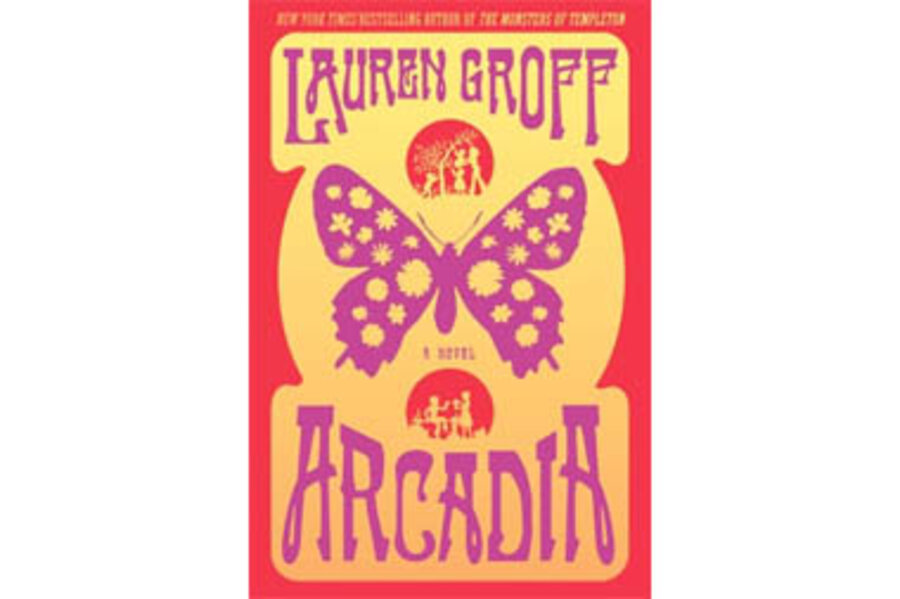Utopia can be rough on a kid.
In Arcadia, Lauren Groff's excellent follow-up to her terrific debut novel, “The Monsters of Templeton,” paradise is located in upstate New York. A group of self-declared beatniks roll up at a derelict farm in the 1970s and determine to create a vegan commune where there will be no materialism and no egos among equals. It goes about as well as you'd expect.
Bit Stone is the first native Arcadian. He lived in a bread truck with his mom, Hannah, and his dad, Abe, until he was 5. (Young Ridley Sorrel Stone got his nickname from a store clerk, who declared his infant self the “littlest bit of a hippie ever made.”)
For Bit, the outside world is a bizarre place, where hordes of people eat animal flesh with their straight, white teeth. “A sociologist would have a field day with you,” a newcomer to the commune jokes, and, in many ways, Bit and the rest of the “kid herd” have grown up as isolated from modern America as an Amazon tribe.
While everyone is equal in Arcadia, some are more equal than others. There's Handy, their spiritual leader and traveling musician; his wife, Astrid, a former professor turned midwife; Abe, a carpenter who literally breaks his back putting a roof over everyone's head; and Hannah, a formerly upper-class blonde who donates her trust fund to the commune.
“They would live pure and truthful lives; no illegal activities. Well, they amended … nothing that should be illegal. Punishment would be unnecessary;...” Pets were banned, since they didn't believe in the enslavement of animals. (Clearly, none of them ever owned a cat.)
In Arcadia, 12-year-olds have easy access to marijuana, but if Bit's mom wants to have tea using her grandmother's fine china and linen, she has to shut all the curtains and hope no one spies the contraband.
Until he's 14, Bit loves life in Arcadia, ignoring the lack of food and the growing rumblings of discontent. He spends his days roaming with the kid herd, farming, swimming, and helping Astrid at births. Helle, Handy's and Astrid's very beautiful, very angry daughter, finds life somewhat less idyllic. Then, as always happens, they are all cast out of paradise.
The rest of “Arcadia” follows Bit, Abe, Hannah, Helle, and several other members of the commune from the 1980s until 2018. (If you thought the Great Recession was no fun, wait till you see what Groff has in store.) Groff jumps nimbly through the decades, creating by the missing years an effect her characters admire in Bit's photography: “What they found most moving … were the blanks between the frames, the leaps that happened invisibly between the then and the now.”






